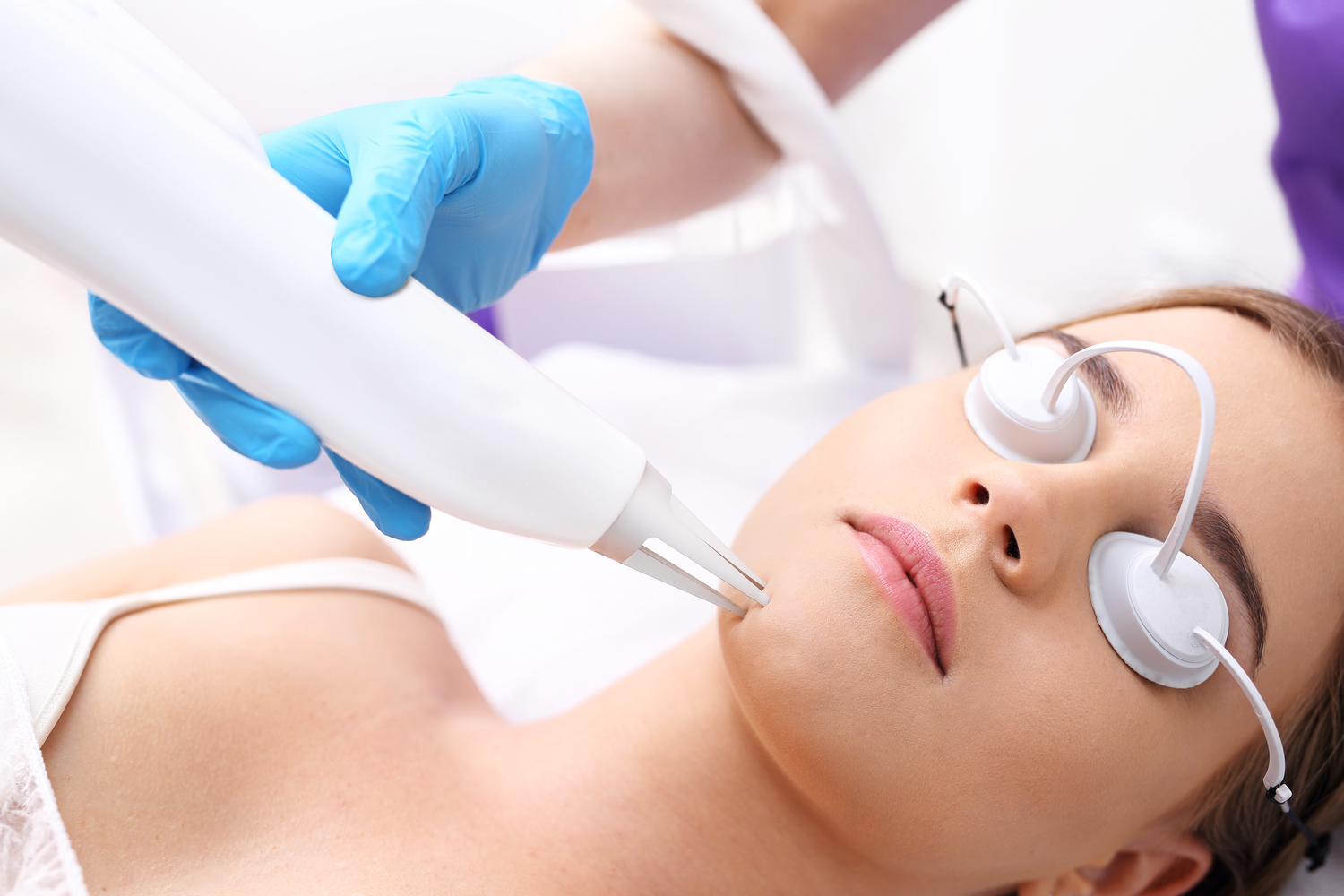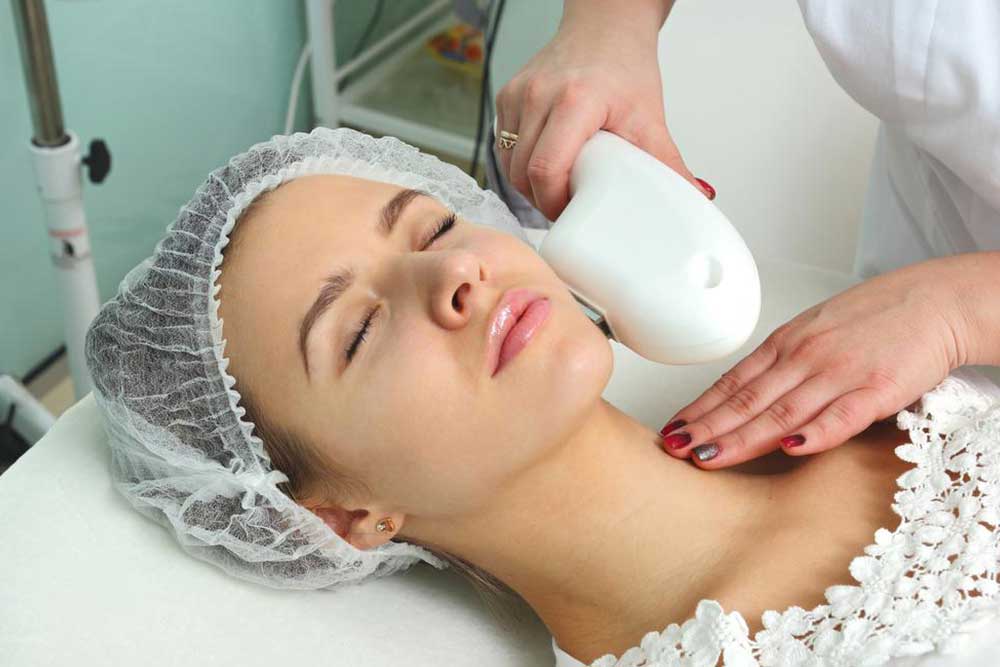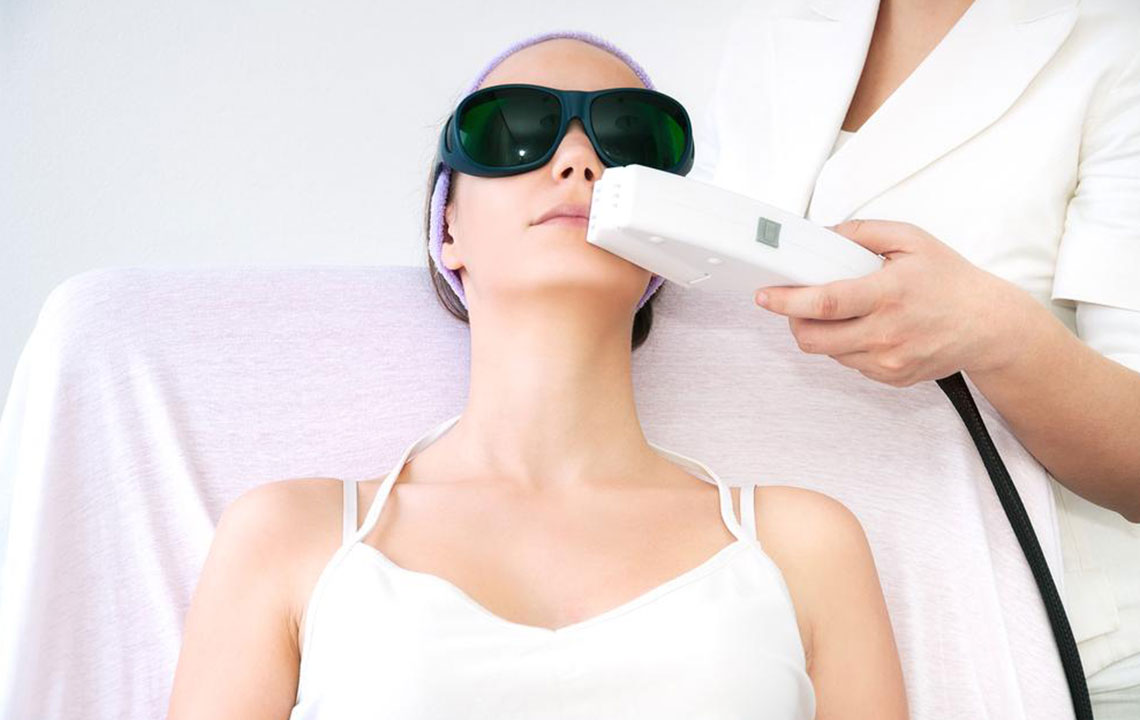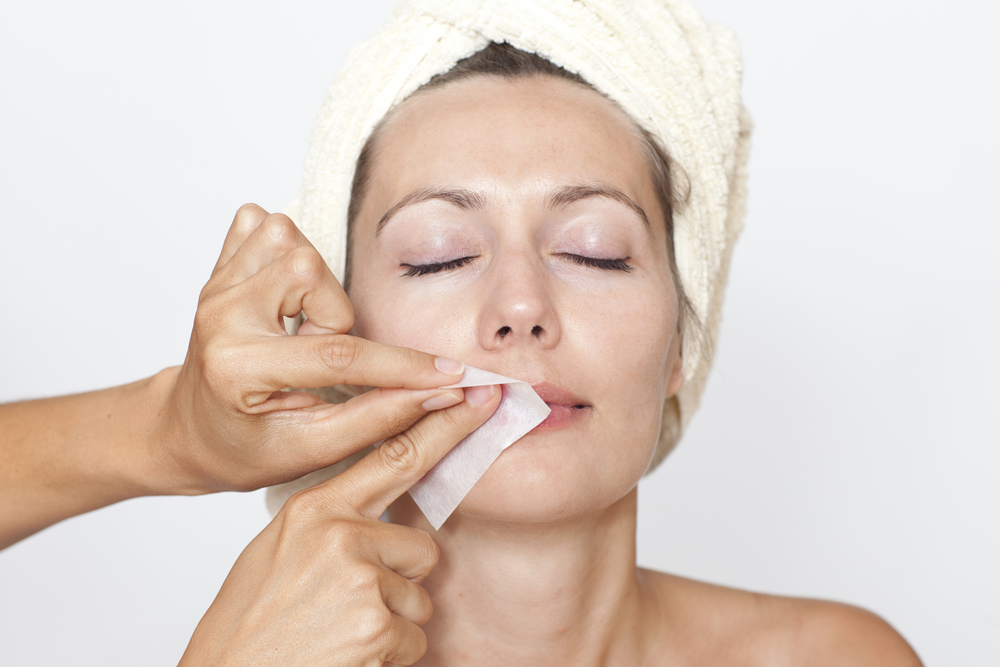Comprehensive Guide to Facial Hair Removal Methods for Smooth, Flawless Skin
Discover the most effective facial hair removal methods for smooth, radiant skin. This comprehensive guide covers home remedies, professional treatments, and daily tips to ensure safe, lasting results. Learn how creams, waxing, IPL devices, and professional procedures can help you achieve your beauty goals effectively and affordably while protecting your skin health.
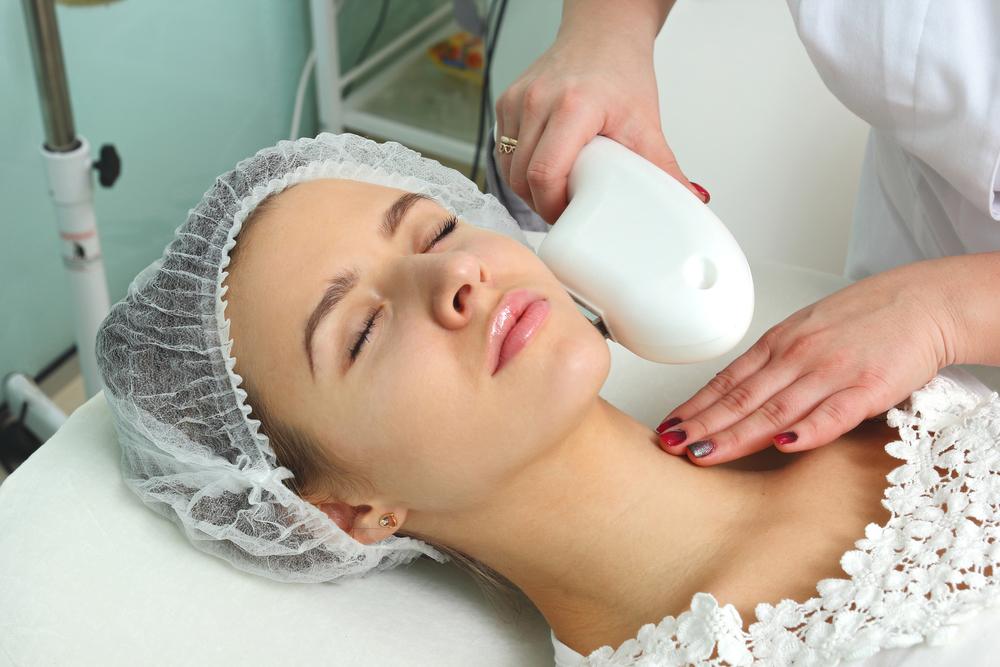
Comprehensive Guide to Facial Hair Removal Methods for Smooth, Flawless Skin
Unwanted facial hair is a common concern among women of various ages. It can be caused by a variety of factors, including hormonal fluctuations, genetics, medication side effects, or underlying health conditions. Many women seek effective, safe, and affordable solutions to manage facial hair in a way that leaves their skin smooth and radiant. Fortunately, advancements in cosmetic technology and skincare products have provided a wide range of options suitable for different skin sensitivities, preferences, and budgets. From simple at-home creams to professional treatments, understanding the available methods can help you choose the best approach tailored to your needs.
Facial hair removal is more than just a cosmetic concern; it's also about skin confidence and comfort. Historically, methods such as shaving or threading were common, but modern innovations have expanded the toolkit for achieving a hair-free face with minimal discomfort and maximum efficiency. Among the many choices, topical creams, waxing products, and electronic devices are particularly popular for home use, offering convenience and effectiveness. For those seeking longer-lasting results, professional procedures like laser hair removal and electrolysis are also viable options but typically require medical consultation and higher investment.
Home Facial Hair Removal Options
For daily hair removal or quick touch-ups, home-use products are often the first choice for many women. These include facial hair removal creams, wax strips, and advanced devices like IPL (Intense Pulsed Light) apparatuses designed for at-home use. Each method has its unique benefits and considerations, making it essential to understand their different modes of action and compatibility with various skin types.
Facial Hair Removal Creams
Cream-based hair removal products are formulated to chemically dissolve hair just below the skin's surface. This painless and easy-to-apply method offers quick results—usually within 10 to 15 minutes—making it ideal for busy lifestyles. When choosing a cream, select one specifically designed for the face to ensure gentle action and minimize the risk of irritation. These creams contain ingredients like thioglycolic acid, which breaks down keratin in hair, resulting in a smooth finish. Applying a generous layer for the recommended duration followed by gentle removal and thorough rinsing can effectively remove unwanted facial hair.
In addition to hair removal efficacy, many of these creams contain nourishing ingredients such as aloe vera, vitamin E, or other soothing agents that help reduce redness and irritation. Regular use can also stimulate collagen production and improve skin elasticity, contributing to a healthier appearance. However, a patch test before initial use is critical, especially for those with sensitive skin, to prevent allergic reactions.
Waxing Solutions for Facial Hair
Facial waxing is another popular method known for its longer-lasting results. Wax strips or warm wax can swiftly remove hair from the root, resulting in smoother skin that can last for several weeks. Waxing also provides a gentle exfoliation by removing dead skin cells, revealing a brighter complexion. However, because waxing involves pulling hair directly from the root, it may cause discomfort and is not recommended for sensitive or broken skin.
To minimize pain and skin irritation, it’s important to choose high-quality waxing products formulated specifically for facial use. Pre-wax cleansing and post-wax soothing lotions can help mitigate redness and prevent ingrown hairs. Regular waxing sessions reduce hair regrowth over time, but they require patience and proper technique for best results.
Electronic and IPL Devices
For those interested in a more permanent or long-term solution, at-home electronic devices such as IPL (Intense Pulsed Light) kits offer a promising alternative. These devices emit light energy that targets hair follicles, impairing their ability to produce new hair over multiple sessions. While they may require several treatments over weeks or months, they can significantly reduce hair regrowth and the frequency of maintenance routines.
Choosing an IPL device suitable for facial use is crucial; look for models with adjustable settings, skin tone sensors, and safety features. As these treatments and devices can vary in effectiveness depending on hair color, skin tone, and hair thickness, consulting clinical guidance or dermatologists prior to use is recommended. While at-home IPL treatments are generally safe, they still carry risks if improperly used, such as burns or hyperpigmentation.
Professional Hair Removal Techniques
For those seeking permanent removal, professional procedures like laser hair removal and electrolysis offer highly effective solutions. Laser hair removal uses concentrated light beams to target hair pigment, damaging follicles to prevent regrowth. It is most effective on lighter skin with dark hair but can be adapted for various skin tones with advanced laser technologies.
Electrolysis involves inserting a fine needle into each hair follicle and applying an electrical current to destroy the follicle’s ability to produce hair. This method is highly precise and effective for all skin and hair types, but it is time-consuming and typically more costly due to the need for multiple sessions.
Both procedures should be performed by licensed dermatologists or trained professionals to ensure safety and optimal results. A thorough consultation beforehand can help determine the most suitable treatment plan based on individual skin and hair characteristics.
Additional Tips for Safe and Effective Facial Hair Removal
Always perform a patch test prior to using new products or treatments to avoid allergic reactions or irritation.
Maintain a proper skincare routine, including cleansing, exfoliating, and moisturizing, to prepare your skin for procedures and soothe post-treatment discomfort.
Protection from sun exposure is vital, especially after any hair removal procedure, to prevent hyperpigmentation and skin damage.
Consult a dermatologist for personalized advice or if you experience severe irritation, bumps, or persistent reactions.
Avoid harsh scrubs or irritating skincare products immediately after hair removal to allow your skin to recover.
Conclusion
Achieving smooth, hair-free facial skin is a common goal with a variety of safe and effective options available today. From easy-to-use topical creams and waxes to innovative electronic devices and professional treatments, women have the flexibility to choose methods that best fit their skin type, budget, and lifestyle. Prioritize safety by selecting high-quality products, performing patch tests, and consulting skincare professionals when necessary. With the right approach, maintaining a flawless complexion free of unwanted facial hair is achievable, boosting confidence and enhancing natural beauty.
